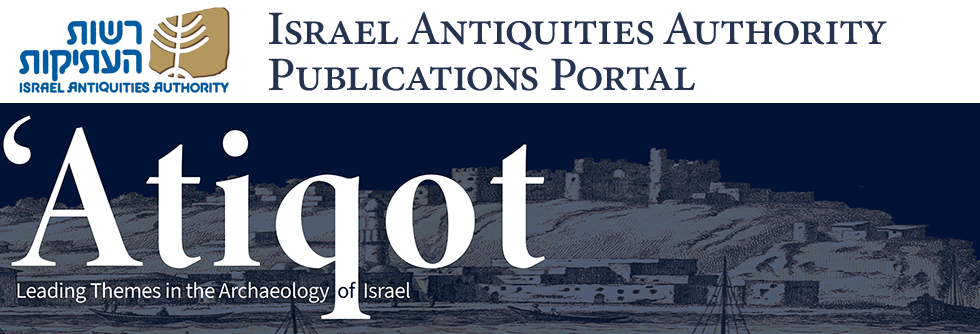Abstract
Three burial caves that were part of the eastern burial ground (necropolis) of Jerusalem during the Second Temple and the Byzantine periods were revealed. Two of the caves (Nos. 3, 4) were hewn during the Second Temple period and reused in the Byzantine period, and one (No. 2) was hewn and used during the Byzantine period. Cave 3 yielded wood remains and nails, probably attesting to burial in wooden coffins during the Byzantine period. Cave 4 yielded fragments of nine limestone ossuaries, decorated in patterns well-known from the Jerusalem area. Three of the ossuaries bore inscriptions of Jewish names in Hebrew script. Cave 2 is an arcosolia cave with plastered walls and ceiling. Byzantine-type crosses were painted in red and yellow on the ceiling and near the burial troughs.
Keywords
cemetery, Jews, Christianity, epigraphy, art
Recommended Citation
Re’em, Amit; ‘Adawi, Zubair; and Ilan, Tal
(2006)
"Burial Caves from the Second Temple and Byzantine Periods on the Western Slope of Mount of Olives, Jerusalem (Hebrew, pp. 47*–59*; English summary, pp. 158–160),"
'Atiqot: Vol. 54, Article 12.
DOI: https://doi.org/10.70967/2948-040X.1332
Available at:
https://publications.iaa.org.il/atiqot/vol54/iss1/12
Included in
Agriculture Commons, Biblical Studies Commons, History of Art, Architecture, and Archaeology Commons

